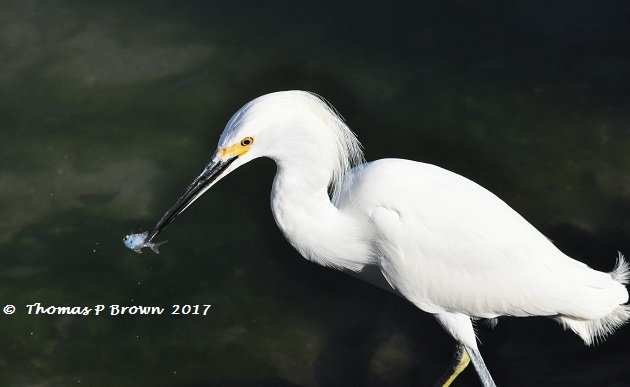
For those of us who live full time on a boat, we use a nickname for those who do not, “Dirt Dwellers” Now don’t get me wrong, a very good portion of our friends all fall into that category. Many of those said “Dirt Dwellers” are also birders, who just cannot understand how I go without a backyard or similar area to enjoy the birds that tend to congregate around houses. It’s just not a problem, as you have your robins, sparrow and warblers, and I have herons, egrets grebes and gulls. My office is, as measured by my Fitbit, 107 steps from my boat, so my morning commute is pretty reasonable. Along the way to work I get to see a pretty decent number of species. A couple of weeks ago, I was treated to a visit by juvenile bird that I had never seen before, at least I don’t think I have. And, it was that very question that got me to thinking about the identification of this bird versus other mature birds that look similar. Just a couple of days ago, a photo opportunity came along that just had story written all over it.
The juvenile bird that started all this ruckus was a Little Blue Heron. While this bird is not what I would call a rarity in this area, I only see one or two each season. That compared to literally thousands of the Snowy Egrets and Great Egrets. The fact that the juvenile bird is, for the most part completely white, certainly helps it to blend in when there are dozens of like colored birds out on the tidal flat. Here in side the marina, one of the favorite fishing spots for all of the visiting herons and egrets, is the cement barrier that defines the launching ramp for trailered boats. This launch ramp is about 50 feet from my front door, so I get to watch quite a bit of activity, both birds and boats around that small piece of cement. Then, one morning, it all fell together. This wonderful piece of cement bird magnet had attracted not only the juvenile Little Blue Heron, but a Snowy Egret as well as a Great Egret! I ran to my office for the camera to record this momentous occasion (well, Ok, it was for me anyway) and by the time I got back, another Snowy had joined them.
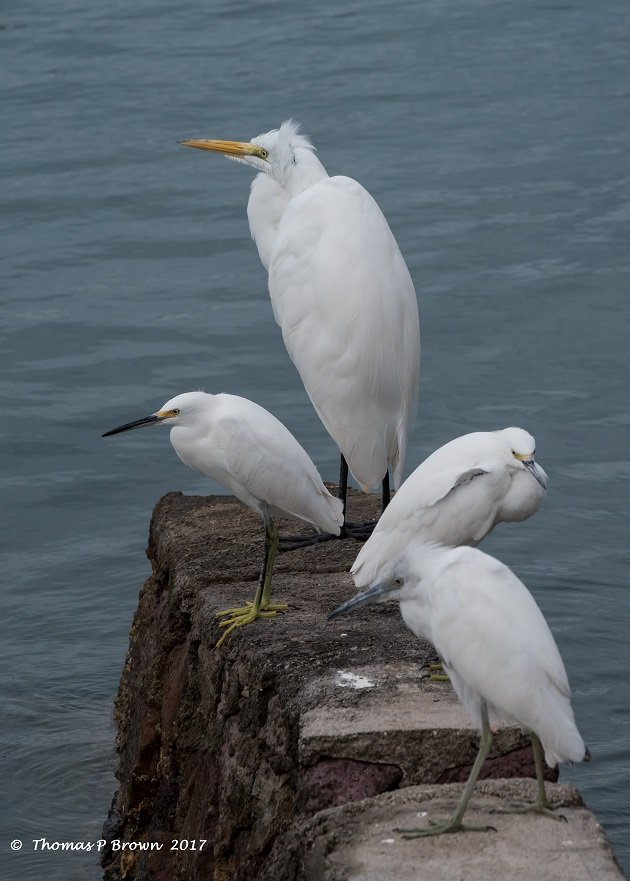
This one image got me to thinking, how many juvenile Little Blue Herons had I over looked out on the tidal flats? I am scheduled to do a waterfront bird seminar here in town in a couple of weeks, and so I wondered, how would I present a series of photos that would help my guests and attendees not miss this uniquely colored bird? Here are a few photos that might act as a reminder next time you are wandering around those wetlands.
If you were to use just the bill as your source of identification, then the Little Blue Heron would have a plain bluish-gray bill.
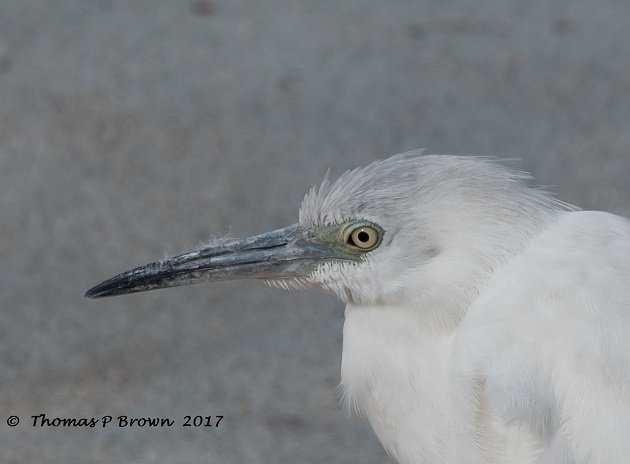
The Snowy Egret would have the yellow lores and a dark gray or black bill.
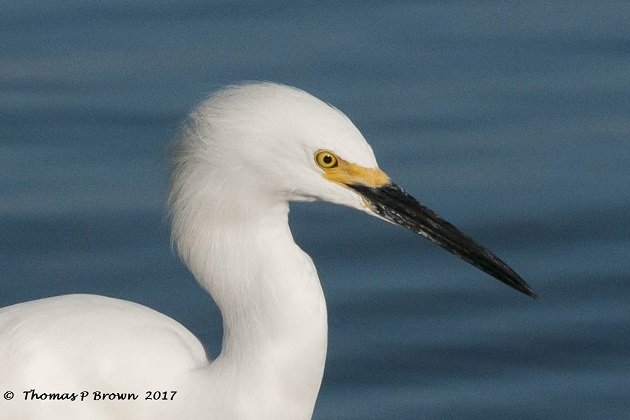
The Great Egret would have a large, very heavy yellow bill.
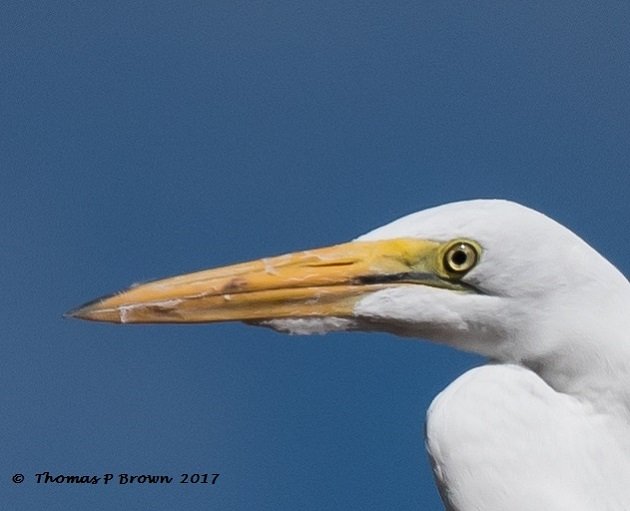
There is not a huge amount of difference in the three birds bodies or wing coloration, but there are a few quick clues. The juvenile Little Blue Heron would show a bit of dark color on the wing tips or back, depending on the time of year, as it’s coloration changes to the dark gray of the adult.
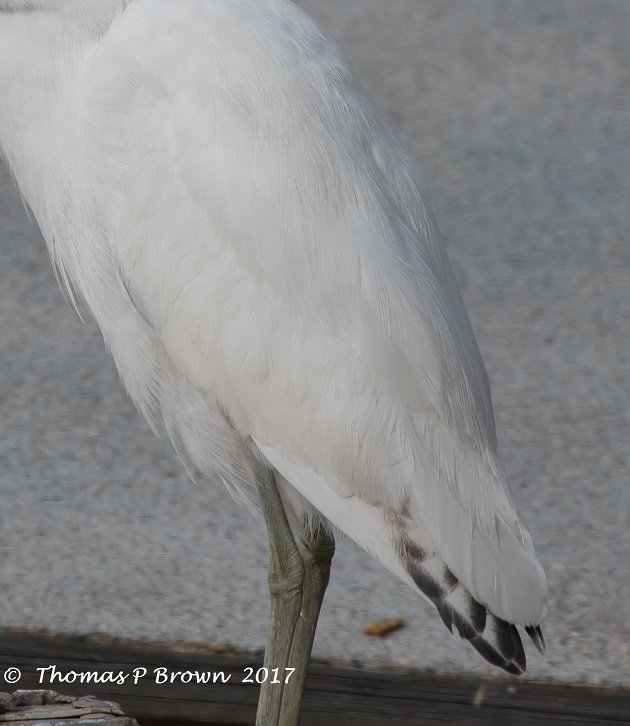
The Snowy Egret is quite a bit smaller than the Great Egret, so there will be a noticeable difference when seen together. Here is the Snowy Egret Followed by the Great Egret. The Snowy Egrets I have seen here in Mexico have tended to show quite a bit more of light frilly breast and scapular plumage.
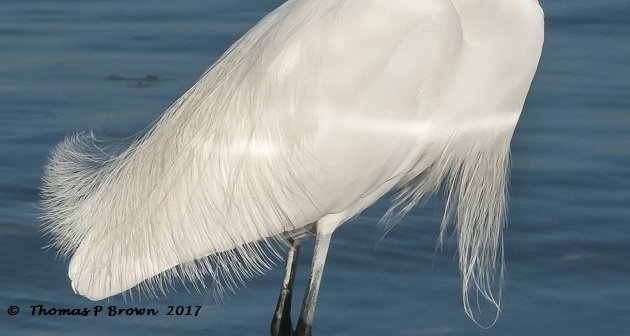
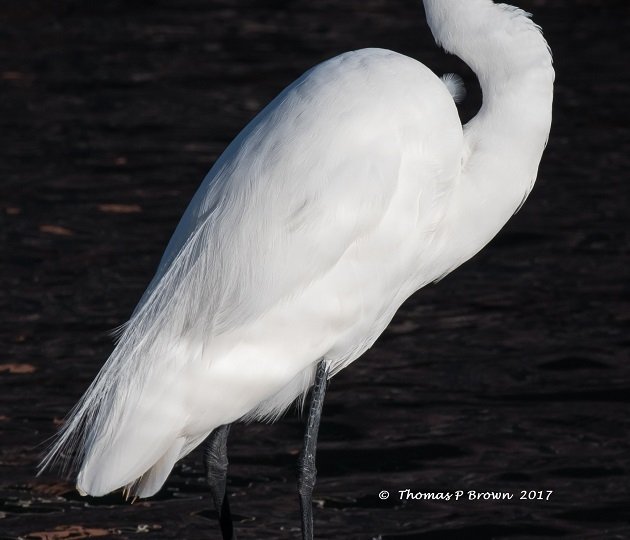
I have listed the leg coloration difference last, as it is easily the most obvious one, but only of the legs are visible, and if they are not wading in an area that does not cover the legs with mud, as is the case here on our expansive tidal flats. The juvenile Little Blue Heron has dull green legs.
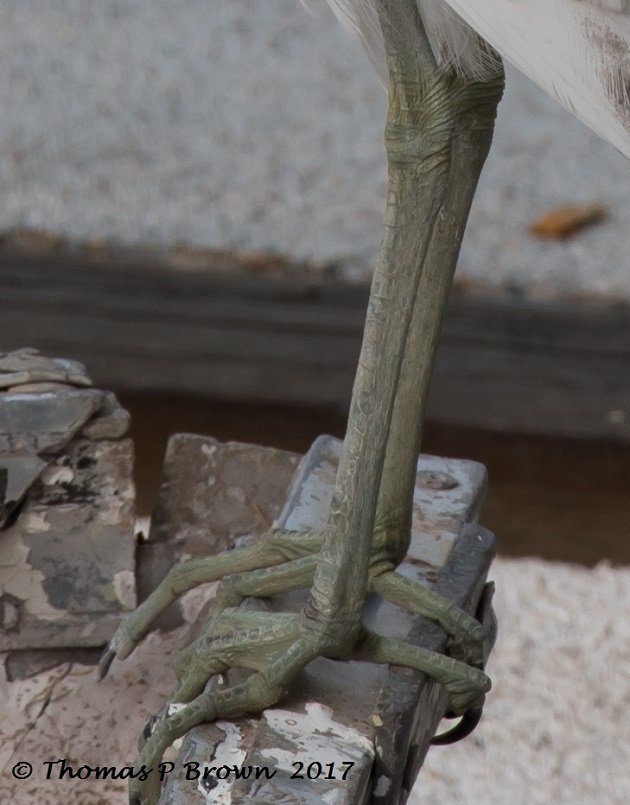
The Snowy Egret has bright green feet, with black and green on the legs.
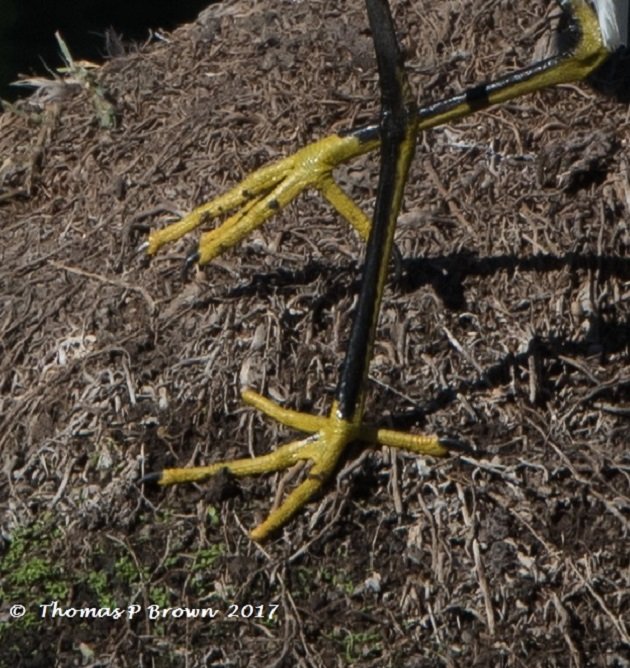
The Great Egret has long, very black legs.
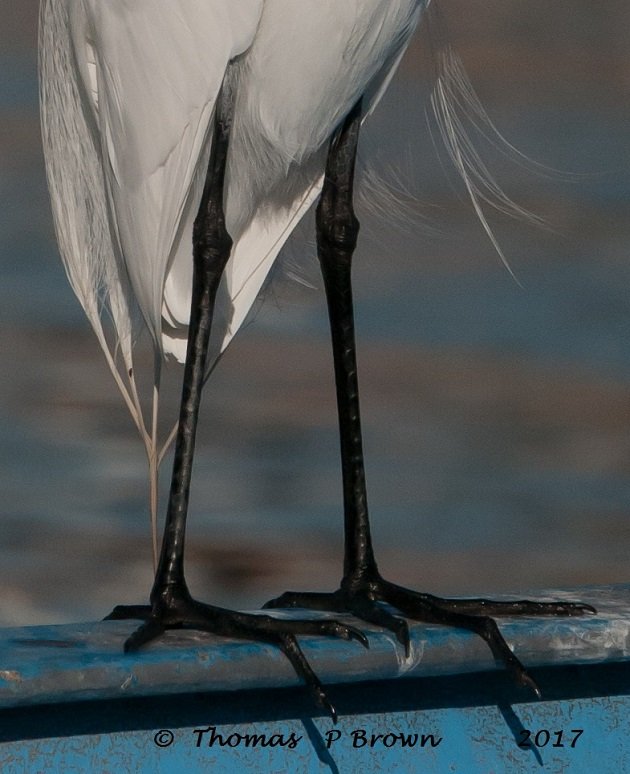





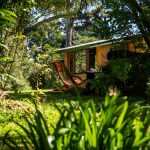
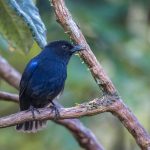
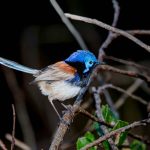
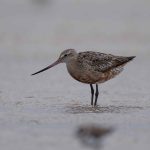
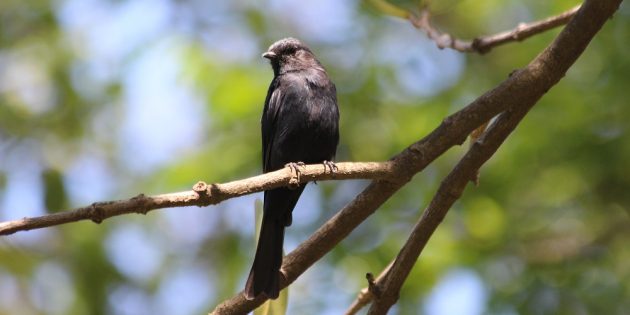

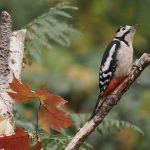
Hi Tom,
You left out two of my favorite birds: the white morph of the Reddish Egret (up to 20% of gulf coast residents) and the uber rare white morph of the Great Blue Heron. don’t know if either of these get into your neighborhood, but the Reddish can cause some confusion. I do have a few photos to use if you don’t have any.
Ed+